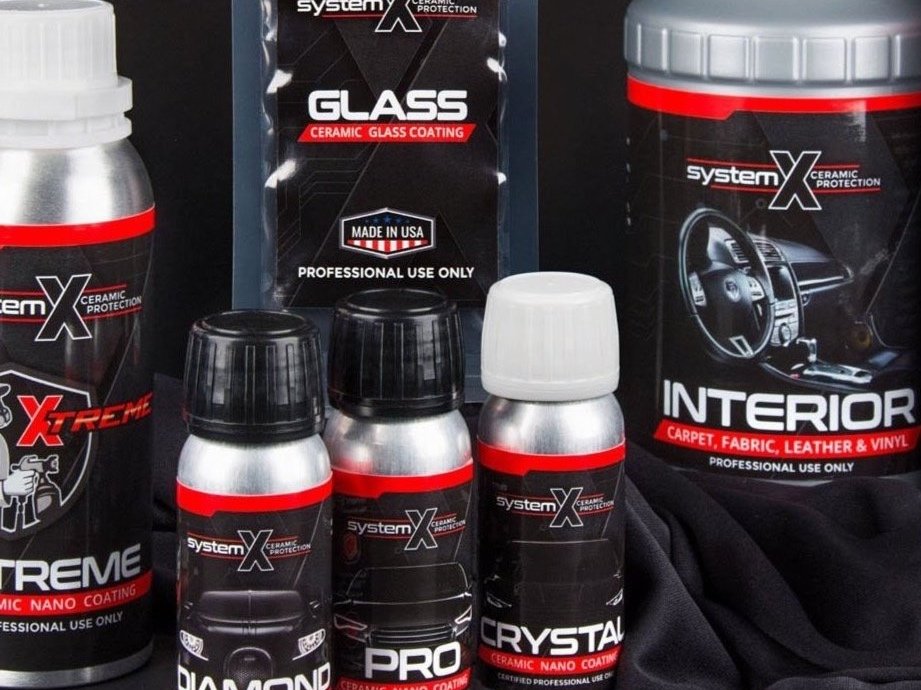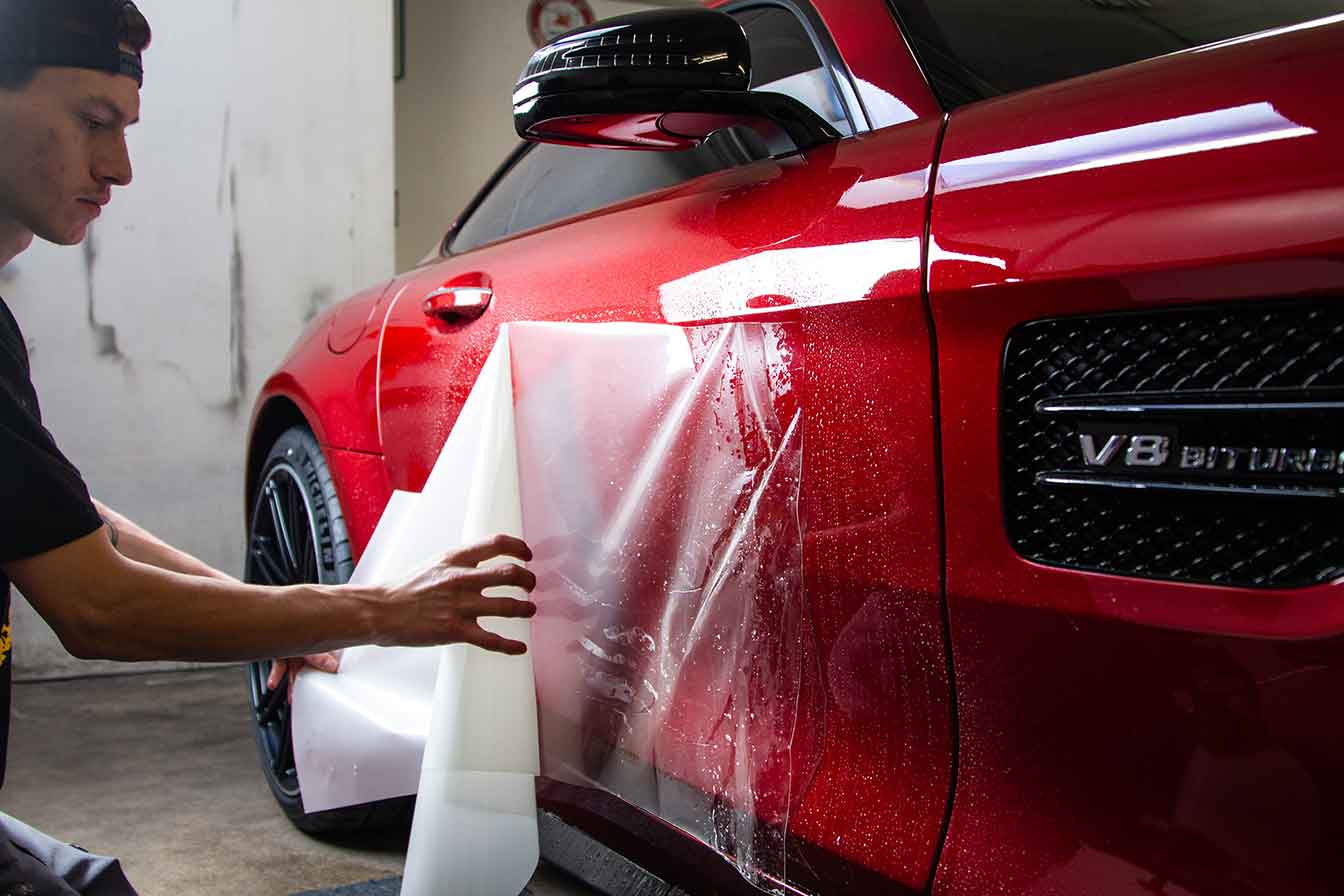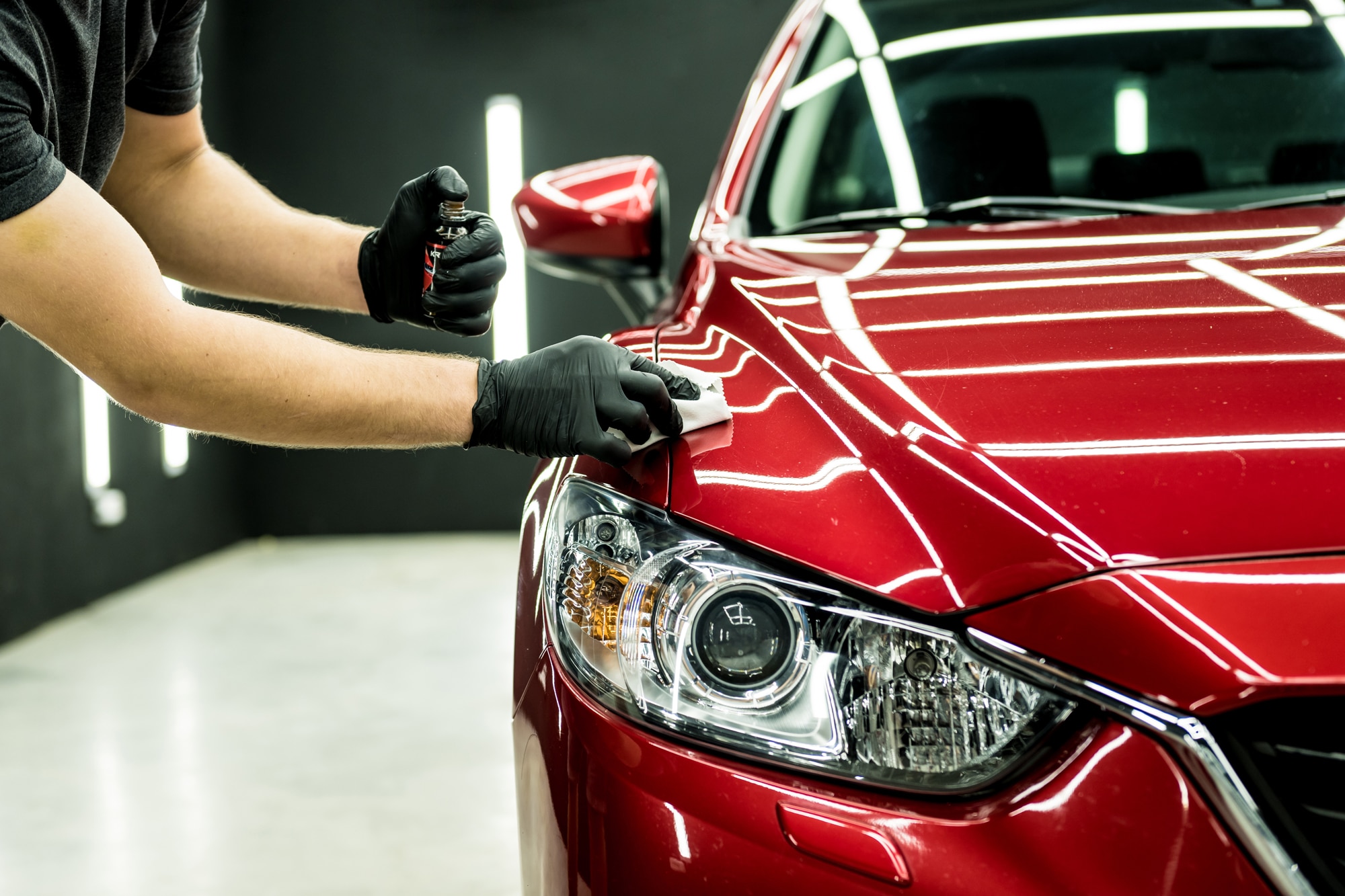Why Ceramic Finishing Is the Ultimate Service for a Flawless End Up
Ceramic coating has actually emerged as a leading service for those looking for a remarkable coating for their lorries, thanks to its amazing resilience and protective features. This sophisticated fluid polymer not just bonds effortlessly with factory paint however likewise offers a powerful barrier against typical hazards such as scrapes, UV rays, and toxic wastes. Additionally, its hydrophobic residential properties streamline maintenance while enhancing visual appeal. Comprehending just how this modern technology compares to standard approaches and discovering its application nuances can expose also a lot more about its worth. What factors absolutely set ceramic finish apart?
What Is Ceramic Finish?

When used correctly, ceramic finishing develops a hydrophobic surface that wards off water and dirt, making it easier to preserve and clean up. Unlike conventional waxes or sealants, which commonly supply brief security, ceramic coatings can last for numerous years, depending upon the product high quality and application method. The process of applying ceramic finishing requires thorough preparation, consisting of detailed cleansing and often repaint correction, to make certain ideal bonding and efficiency.
Ceramic layers are not restricted to automotive surfaces; they can likewise be made use of on various materials, including glass, steel, and plastics, supplying a functional option for enhancing protection. Generally, ceramic coating represents a substantial innovation in surface protection modern technology, incorporating both functional and aesthetic benefits for a broad array of applications.
Benefits of Ceramic Coating
While many surface security options exist, the advantages of ceramic coating stand out as a result of its unique buildings and lasting performance. Among the main benefits is its exceptional resilience. Ceramic Coating Philadelphia. Unlike conventional wax or sealants that call for frequent reapplication, ceramic finishings provide a resilient layer that can last for a number of years, significantly lowering upkeep efforts
One more significant advantage is enhanced defense versus ecological impurities. Ceramic coatings produce a hydrophobic surface that pushes back water, dust, and various pollutants, making it much easier to clean. This attribute not just maintains the vehicle's appearance yet also reduces the threat of deterioration and oxidation, especially in harsh weather.
Moreover, ceramic coverings supply superior resistance to UV rays, stopping fading and destruction of paint over time. This UV security is critical for keeping the aesthetic worth of surface areas and lorries exposed to route sunshine.
Furthermore, the shiny finish accomplished with ceramic finishing boosts the overall visual charm, giving surfaces a showroom-quality shine. Overall, ceramic finishes represent a considerable advancement in surface area security technology, providing long-lasting benefits that provide to both aesthetic and practical demands.
Just How It Works
Understanding the scientific research behind ceramic coverings exposes how they supply such remarkable defense and longevity. At its core, a ceramic finish is a liquid polymer that chemically bonds with the automobile's factory paint.
The application process entails several steps, consisting of surface preparation, which is important to achieving optimum adhesion. When used, the layer goes through a treating process, during which it sets and forms a semi-permanent bond with the paint surface. This bond is what distinguishes ceramic coatings from typical waxes and sealers, giving a longer-lasting protective barrier that can sustain for years.
Furthermore, the thickness of the coating can enhance its protective high qualities, ensuring that it can withstand harsh conditions. Inevitably, the scientific research of ceramic coatings incorporates sophisticated products with ingenious application methods to provide an Read Full Report unmatched level of more helpful hints defense and visual improvement for vehicles.
Contrast With Conventional Methods
When contrasted to typical paint defense techniques such as waxes and sealers,The advantages of ceramic finishings become particularly noticeable. While waxes supply a short-lived luster, usually lasting a couple of weeks to a pair of months, ceramic coverings offer a resilient protective layer that can endure for several years. This durability significantly minimizes the regularity of reapplication, making ceramic finishings a more cost-efficient solution in time.
In addition, conventional techniques typically require extensive prep work and numerous applications to accomplish a sufficient level of protection. In comparison, ceramic coatings bond at a molecular level with the car's surface area, producing a durable guard against environmental pollutants like UV rays, acid rain, and road salts. This bond improves the lorry's resistance to scratches and swirl marks, which are common with standard waxes and sealants.
Moreover, the hydrophobic residential properties of ceramic finishings drive away water and dust, resulting in less complicated cleansing and maintenance. In contrast, wax and sealant-treated surfaces can draw in gunk, requiring even more regular cleaning - Ceramic Coating Philadelphia. Generally, ceramic coatings not just offer premium defense but also supply an extra enduring and aesthetically attractive coating, establishing them as the favored selection for discerning automobile owners
Application and Upkeep Tips

Utilizing a foam applicator, apply the finish in little sections, adhering to the maker's standards relating to thickness and overlap. Permit enough treating time between layers, usually 24-hour, to guarantee correct bonding. After application, it is critical to stay clear of direct exposure to water or extreme elements for at least a week to allow the finishing to fully treat.
For maintenance, wash the lorry consistently with pH-balanced soaps and prevent abrasive materials. Touchless vehicle cleans are advised to lessen damaging. Additionally, using a ceramic maintenance spray can boost the finish's hydrophobic buildings and longevity. Normal assessments for any indications of wear will help keep the finishing's stability and maintain that beautiful coating.
Final Thought
In verdict, ceramic coating becomes a superior choice for achieving a perfect automobile surface. Its exceptional longevity, safety high qualities, and hydrophobic buildings dramatically improve the car's look while streamlining upkeep initiatives. By developing a durable bond with manufacturing facility paint, ceramic coating efficiently shields versus scrapes, UV rays, and environmental pollutants. With a life expectancy expanding a number of years, this advanced solution not only maintains however additionally raises the total aesthetic allure of cars, making it a cost-efficient investment for auto enthusiasts.
